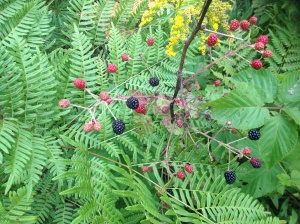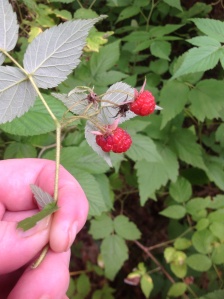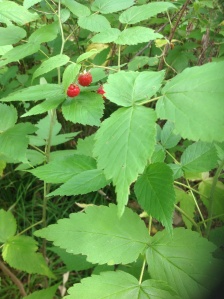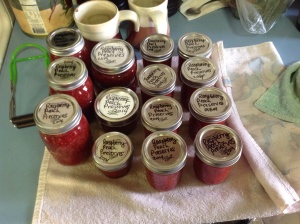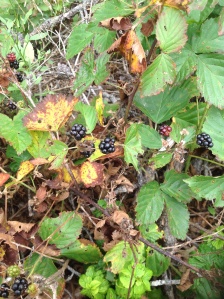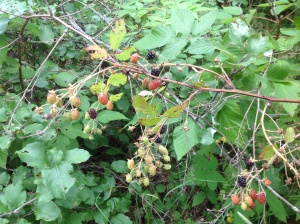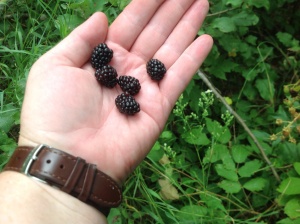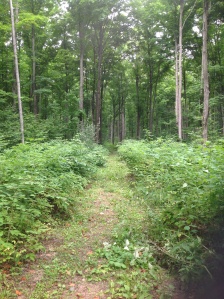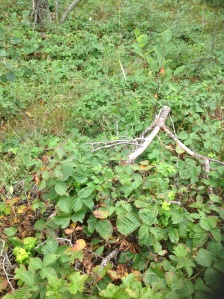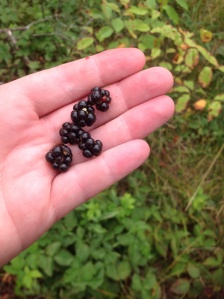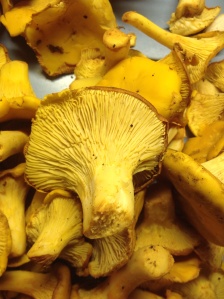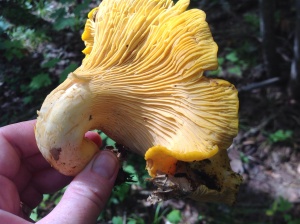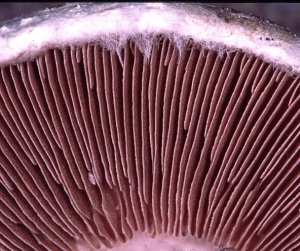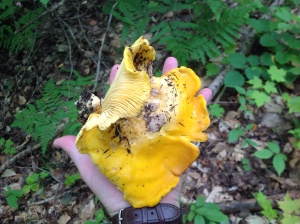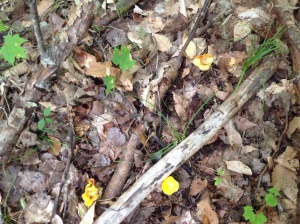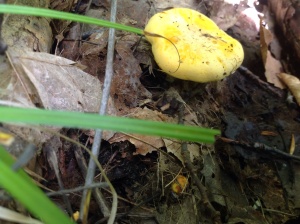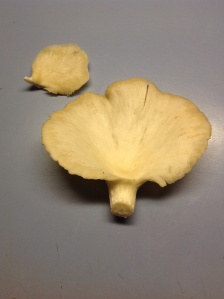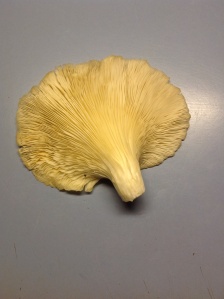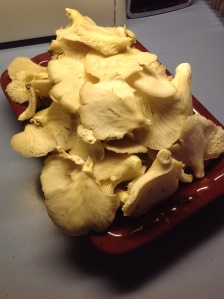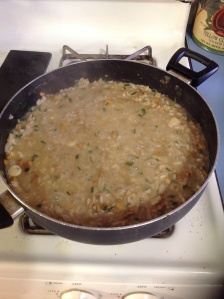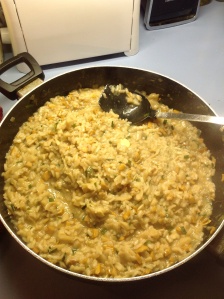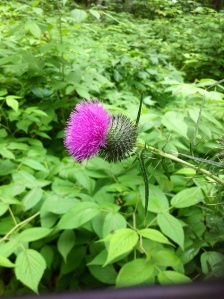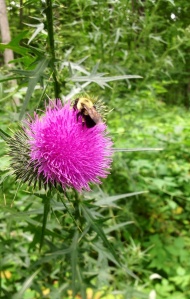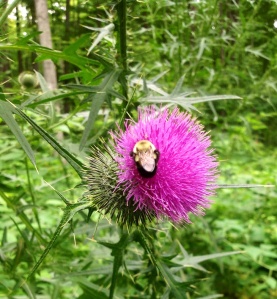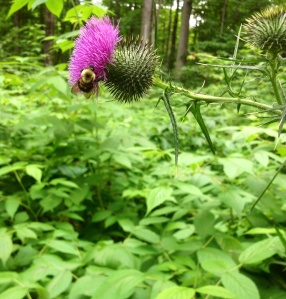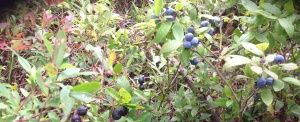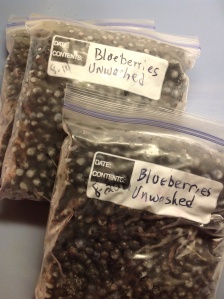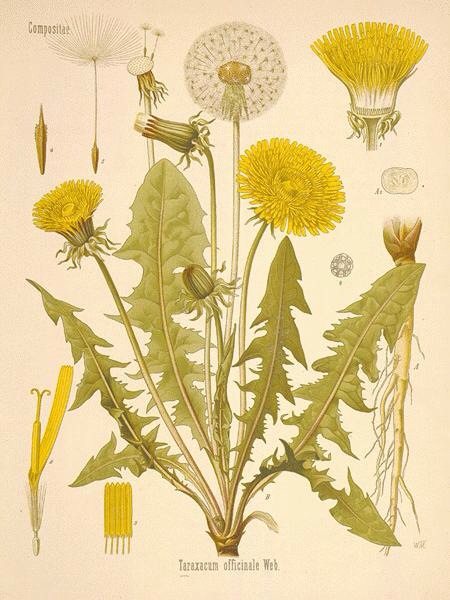I really love finding wild berries. Black, Blue, Red, I like them all. I’m going to focus on the Black and Red today though. Raspberries come in season long before the Blackberries, which gives me a full 2 months or more to go berry picking! Yeah! I love berry picking. Ok, well I do like berry picking but not as much as berry eating! Berry picking can be a very “prickly” business. I get pricked quite often, actually. If your going to go picking berries, especially if they grow in the wild, it is a really good idea to wear long sleeves and heavy pants, such as jeans. If you don’t you might end up with big scratches and bleeding spots. Trust me, been there and done that repeatedly. Not a good idea. I tend to plan out my berry picking activities now instead of just going on a whim. It’s painless that way!
First we shall talk about raspberries, being they ripen first up here in the Northern Woods. My Mom absolutely loves them. Way more than I do. Therefore, when ever I go out to pick raspberries I pick them for her. She typically makes me a jar of jam from them.
Raspberries are so fragile, so light, so fragrant. Their taste just pops in your mouth. At the height of ripeness they have the perfect balance between sweetness and acidity. They are also full of good stuff! In one cup of raspberries there are lots of greatness, such as they are downright loaded with Vitamin C. 32.2 Grams. 54% of your daily value. Vitamin K, 9.6 mcg and 12% of your DV. Manganese, 0.8 mcg, 41% of your DV. They are a good source of dietary fiber. They are super low in fat, sodium, and cholesterol. They are 82% carbohydrate, 10% fat and 8% protein. In other words, yummy! Besides that they taste good and can easily added to many food items. They can be baked into a muffin, eaten raw over some cereal, added to yogurt with granola, etc. etc.
When picking raspberries it is wisest to take several small containers instead of one large container. The reason is that they crush easily.
Raspberries are absolutely wonderful when turned into a jam, preserves, or conserve. I personally decided to go different this year and made a peach and raspberry preserve. Preserves are more like a honey consistency and the fruit is a little bigger than a jam. It spreads easily on toast. It tastes great on toast with butter!
Now , I’d like to talk about Blackberries. Many people confuse blackberries and DewBerries. There is one major difference. Dewberries typically grown along the ground on a vine and Blackberries grow upright on canes or stalks. Look at the pictures below to see what I mean.
Blackberries are also bigger than dewberries. There are also black raspberries. They grow in the same exact way as blackberries. There are a few differences though. The black raspberries are shaped the same as red raspberries, round and with a hollow after you pick them. They leave a white half circle of what I call pith on the vine. The underside of their leaves is also almost white. Blackberries on the other hand leave no visible pith, are not hollow, and are more light green under the leaves. They are also more oblong shaped.
Blackberries are full of natural vitamins and minerals. They are 50% of your Daily Value of Vitamin C in one cup! They are also 41% of your manganese for the day. They are also a good source of folate, vitamin K, and copper. Just like raspberries they are low in sodium, fat, and cholesterol. They are 79% carb, 10% fat, and 11% protein. All in all a good healthy choice. They are very versatile. Being they are a tougher berry they hold up well while baking, freezing, and picking. You can use one large vessel rather that several smaller for picking. These berries don’t crush as easily.
Personally I adore blackberries and they are my favorite summertime fruit. I like them for all sorts of yummy reason. They are great for snacking, they are sweet and less acidic that raspberries, they make wonderful wine, etc. I try and get gallons of these little delicious bites in my freezer every year. I make jams, preserves, and crumbles with them.
Dewberries are not as sweet as blackberries in my opinion. I find them rather tart and a little bitter. It might just be the weather this year though. It has been rainy and overcast much of the summer. Temperatures have been hovering around the low to high 70’s all summer. In order for berries to get sweet they need pure unadulterated sunshine for days and days. A good mix of rain and sun is best for the greatest tasting berries. I’ve noticed all the berries are a little bitter this year because of it. Bummer 😦
I don’t know as much about Dewberries as they are a discovery I made only last year and I am figuring out ways to use them. They ripen about the same time as the blueberries here in Northern Michigan, typically July. I tried mixing the blue and dewberries together into a pie and it was horrible! It was bitter and sour! I know many people who love Dewberries. I’m hoping next year they are sweeter and I can fall in love with them too.
So, in closing today I’d like to say GET OUT AND PICK! It’s good for you! You get exercise, hang out in nature, and reap the rewards of luscious berries! Besides they are completely organic and GMO free when you find them growing wild. I like that. I like that VERY much.
